Oracle’s Miracle in perspective.
Images ACEA/ Ricardo Pinto. Before the Final started I closed the interview / feedback stage as it was time to act for teams and just watch & enjoy the race. When the Final started all looked quite simple with NZ dominating at will fulfilling some of the previous analysis. But at the end , literally in the last minute or the first one after being 8-1, Oracle started working on a remarkable comeback, maybe the greatest ever in any sport. Writing personal opinions as a catsailor & small cat builder is fun, and provides a different approach, but as always for deep insight and technical matters we go to the source.
Finally it seems no SAS was used, although last week I had a chat with my father in law about it, as he was Navy Commander Pilot for the Super Etendard Squadron at Falklands. Check later a quick overview of what an Inertial Platform does at the end of this post.
I had some exchanges with Mike Drummond (ACup Hall of Fame, former OR Design Director) , Adam May (Moth Master / Artemis Design) , Gonzalo Redondo (D3 Technologies / ex Artemis design team ) Arno Terra (DNA A-Cat) and Alex Udin (Sail Innovation Flying Phantom), and they were all kind enough to allow me to publish their comments to figure out what Oracle did to achieve that impossible, almost magical recovery. Plus some C-Class details on Groupamas perfect foiler from Arno and Alex.
—————————
—————————
Mike Drummond
“One of the biggest changes OR made during the regatta was to reduce or eliminate lee helm by a little rake and re-tuning the wing. Plus better tacking – mostly helming, to me the turn was too fast initially and the boat was too level. Finding the upwind foiling mode and Reliable gybing.
Improved better Wing trim/helm coordination, Langford adapted quickly to sail with Spithill.
Starting: Probably Jimmy trusting his starting software and trimmers a bit more.
10 weeks ago TNZ upwind speeds were around 20kn and OR was doing 23kn. So OR stopped working on upwind speed, TNZ worked hard and they crossed over in performance. Now they were both doing 24 – 30.
No SAS
I’ve been told what OR have done and it is a simple mechanical system. Targets might be suggested by computer (similar to target BSs) but the control is manual.
I’m confident I was told the truth about the foil control and it fits with the rule interpretation. In the end they didn’t use the small spring that is shown in PI 49, it was purely mechanical.
OR didn’t develop upwind foiling overnight, but they markedly improved it. I think most of the improvement came from better acceleration. In the early races they didn’t build enough speed, so the leeway was excessive, TWA high, and speed moderate. Later races they were more confident about how much to give away to get to the higher speed with less leeway.
OR improved their acceleration dramatically in the starts. And this must have had a big effect everywhere.
OR was showing the potential of the boat by the end of the series: the corollary is that they were sailing badly at the beginning.
It’s not easy being a defender in some respects – you are not exposed to enough diversity in performance. (TNZ 2003 led ourselves into a low fast mode upwind – VMG good, but tactically difficult)
OR sailing program led them into a high slow mode, both boats tacking badly, both not accelerating well. But at the end they were fundamentally faster than NZ.”
Adam May
“Time in the boat, and a continual round of small modifications gives you the pace increase.
Upwind foiling – height control is key. Fly too high and you make big leeway. An important factor is balancing your rudder lift for enough upwind, but not too much for downwind. It is a real case of knowing your boat.
Foil sizes of the two boats would be interesting – Oracle seemed to lift off a fraction earlier than ETNZ in the end.
Wing packages – ETNZ had leading edge twist but no flap on the element one. Oracle had the flap, but no leading edge twist. They worked hard on their element two twist profile though and learnt their wing well during the racing. You can tweak the twist profile of the wing as a tuning item.”
Gonzalo Redondo
“I would separate here between the technical and the human factor.
First of all, Oracle knew the regatta field perfectly both by preparing their boats there and through their 2 boat testing program. In the first races they seemed to have a good pace downwind, keeping up with NZ.
However, upwind NZ was faster. After the 8-1, the most obvious technical mod was the sprit, not being able to carry the gennaker but reducing aero drag and improving upwind performance. It also seemed like the last set of boards was more obtuse, which results on a higher end speed but less stability.
On the Aero side as well, they decreased the size of their headsails aiming for upwind performance and end speed, and if I’m not wrong, they also changed the rake of the rig and the twist of the wingsail. Don’t know exactly which made the big difference, but it may have been altogether.
Moreover, it also seemed like the daggerboard control system of Oracle was more efficient and they knew better how to pre-adjust, improving their acceleration and transitions. Another big change was the T-foil of the rudder, as speculation says it was cavitating at high speeds reducing lift.
This modification affects the whole longitudinal balance. I’ve also heard they added an interceptor at the transom, if this rumour is correct, an interceptor extends the effective lenght of the hull by delaying the first wave crest of the transom as well as creating some extra lift.
When speaking about the human factor, the inflection point for me was the pre-capsize of NZ. After that they decided to keep it safe and lost various starts, not pushing the boat as hard as before.
Everybody would have done the same with an 8-1. They also were about to win and the race was cancelled due to low winds, etc.
All these aspects broke their momentum and they gave a chance to Oracle to start recovering. This resulted on less sailing mistakes by the Americans. Some have criticized John Kostecky but when he was onboard the guys were not confident on their boat. When Ben Ainslie came in, beyond of the loss of momentum of NZ after the pre-capsize, the boat was already performing better thanks to the technical modifications.
Let’s say it was easier for him, even tough they were down by so much. Furthermore, it was clear (from onboard footage and sound) that communications between the complete afterguard (JK/BA, JS & TS) were improved when BA joined the crew backed up by JS in post race interviews. Additionally Ben seemed to have more time to be ‘heads up’ and strategising, maybe because of the overall control improvements.
– Why Oracle couldn´t improve their own performance? Their were confident expecting the final win?
In such a development race, Oracle’s R&D program was more complete than NZs. This is proportional to the budget of both teams. Moreover, NZ design team was the one who invented the technology, so it could be that at some point they were confident they were winning. On the other hand, it all pointed as if Oracle was going to be behind, so they kept pushing.
– Which boat Oracle will chose for next Cup, and which you would use?
Absolutely not a clue, but it will definitively be catamarans, which is pretty good for this website, isn’t it? Depends on the year they pick for the regatta. 2015 sounds a bit soon and in 2016 there’s the Olympics, so maybe the next AC is in 2017. Just guessing. Depending on the year they can conduct or not serious modifications to the rule because there is no time for development.
Everybody seems to assume they will choose a scaled down version of the 72. For the sake of safety it would be good not only that but to somehow install on the boat active control systems to avoid accidents.
– If the chance arise, would you work again for a AC Team ?
We are very satisfied with our current workload at D3 Applied Technologies as we have some pretty cool projects on the table, some of them not even related with sailing and some other related with the technology of this last AC. If a good AC opportunity arises we would definitively sit and discuss it as we are definitively preparing our office for that.”
Alex Udin
“We will probably never know exactly what are the changes Oracle did on their boat.
It looks like they have modified the foils with some very open “tips” with less drag but poor stability.
Oracle was using a special device to trim the rake of the foils actively and much faster than ETNZ which permits to use foils with pretty horizontal tips. It also looks like they also increased the rake of the wing in order to increase the load on the rudders.
If you don’t have a device which allows you to trim very actively the rake of the foils you need to have foils with ta much better stability but also more drag…
Oracle was faster each day especially upwind in the breeze. During the last 2 races, Oracle was unbeatable upwind.
– Your Flying Phantom will not carry a wing mast, is possible then to have great racing with soft sails for next Cup?
I was not a supporter of this wing because the logistic to rig the boat is a real nightmare but I must say it has also some clear assets, it is more efficient than a soft sail, you can sail higher upwind and lower downwind, according to an article I read from Morelli Melvin the top speed is pretty similar to a soft sail. According to me the most important advantages is its ability to tack which is very important for match racing, the wing is much better in the tack because it can lift up to 20° of TWA and do not flutter like a soft sail which creates a lots of drag in the tack.”
Arno Terra
“Oracle looked already more stable in the earlier races but lacked speed when ETNZ started to foil.
The stability is not only caused by a ‘SAS’. Cammas is also more stable than Hydros without it.
What really surprised me is how hard Oracle could press ETNZ downwind the last two races. Oracle was definitely the faster boat, in earlier races that was not so clear as in most downwind legs ETNZ won some seconds.
By our Aerodynamics research and sailing on the new DNA foiling downwind (They tested several foiling setups) , I got a better understanding. The ETNZ foil we used on the DNA did not lead to the same stability as on the Groupama C or the A72’s.
Some very simple active stability systems need to be used on beachcats as they have not the longitudinal stability of a C-class (or AC72) or the righting moment. Most designers have focused on heave but pitch is key. If we can make it work there is no reason why beach cats could not do twice windspeed.
The C-class developments will effect our sport as well.
The canting rig of Cammas, makes foiling much easier. Normally there is a downward force from the rig which is eliminated now.
Cammas seems to have a great understanding how to trim the wing. He can get earlieer on its foils and can set the wing pretty flat for either height or speed.
Thought on Cammas C:
– Lighter & stiffer boat
– Less aerodrag (smaller hulls, profiled beams, 3Di tramp, endplate, less parasitic drag) Applies to OR too.
– Canting mast
– Wing with a thinner foil section and there fore more efficient wing
– More forgiving foils
– Lower crew weight
Interesting to see that the foiling C’s can foil as soon as the moths 5-6 kts is enough. In A-class we still need 13 kts.
Foiling boats do get more and more around. The upper limit is already higher and 5-6 kts is low enough ( wind limit A-class is 5 kts). Though your 5-25 keys window is realistic.”
———————
———————
———————
SAS Explained
It seems the ‘SAS’ was finally not used, but is worth trying to describe what it actually does. After a chat with my father in Law, former Arg Navy Aviation Commander & Super Etendard Squadron Commander at Falklands, Frigate Captain Jorge L Colombo, I got to understand better what an Inertial Platform does, which is the core of the Sail-World SAS, (Stability Augmentation System) device. Below a quick brief and notes from his description. SUE Low Flyer Image: Vector graphic by Viking.
The key function for an Inertial Platform is providing autonomous Position , Course, Waypoints, & Headings. It also provides millimetric info on the plane stability.
The importance of having this system on board is that it doesn’t depends on any external device to provide this information. The SUE at that time (1982) without the IP it couldn’t even start to take off.
The Inertial Platform was developed in the US by Singer in 1954 , and the first vessel that used it was the US Navy Nautilus Submarine to navigate below North Pole ice.
The Super Etendard Inertial Platform (IP from now on) consisted in 3 Accelerometers:
– North / South
– East / West
– Vertical
It also had 3 Gyroscopes for Stabilization
The IP works with internal mathematical compensations & calculations by doing a double integration of the internal system measurements which results in two derived values: Space & Time and Velocity. Which gives you Acceleration (Vel x Time to square)
The IP has two modes, Auto & Manual, and works together with the ANS Attack Navigation System and the Aerodynamic Central all connected with a Computer central core .
Modern planes also adds the Flight Director and the FMS Flight Management System
Beyond all this navigation data (that works with an initial calibration) an Inertial Platform with gyroscopes and accelerometers can control & provide mm pitch , roll & heave stability data , key factors for stable flights.
Just like the SAS device described at Sail World, which is indeed an inertial platform.
Installed on a foiling yacht it will give you a tremendous advantage on the settings parameters needed to improve stability, thus final speed , as you can have instant data & feedback on how is the boat reacting and provide key information to correct and stabilize your flight.
A boat without this system can rely only in crew experience , designed parameters & settings, and on the water testing or reaction by trial & error, of course after 1 year you already gathered loads of data maybe with similar systems that have helped you to define the settings for every condition, but the final control of the flight is being made manually and theoretically without such advance navigation & stabilization device on board while racing for the Cup.
The SAS and the Inertial Platform for the SUE are Flight Control & Navigation Systems, onboard a flying yacht like the AC72s, team & crew can take full advantage of its two modes: Manual & Auto. On Manual the system can tip the sailors on the optimal settings, and Auto of course will make & correct those setting by its own.
what this device provides cannot be matched on the ‘fly’… by a group of humans processing data on their eyes & brains plus manual control.
————-
—-ENDS——
Copyright Catsailingnews.






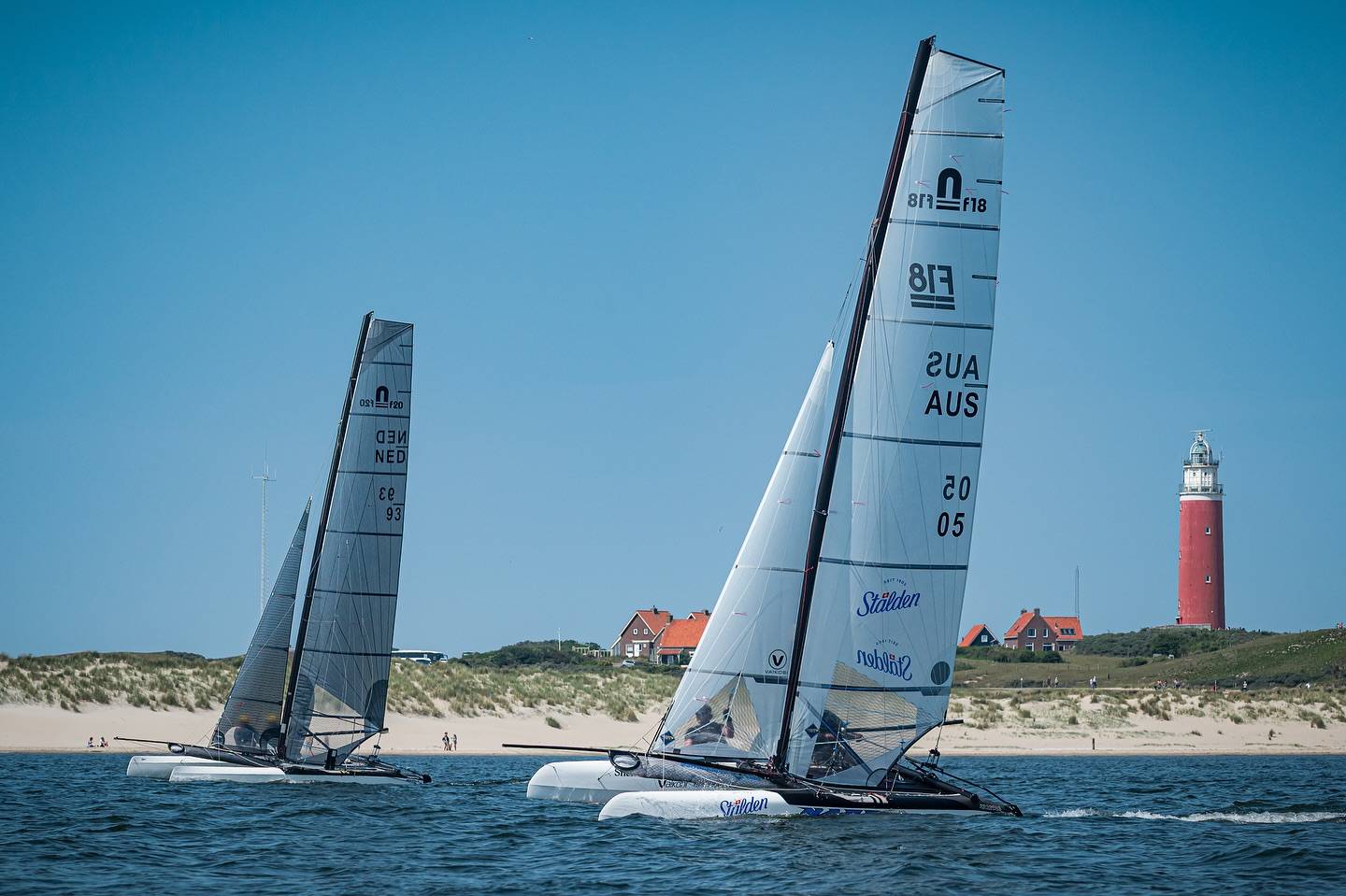
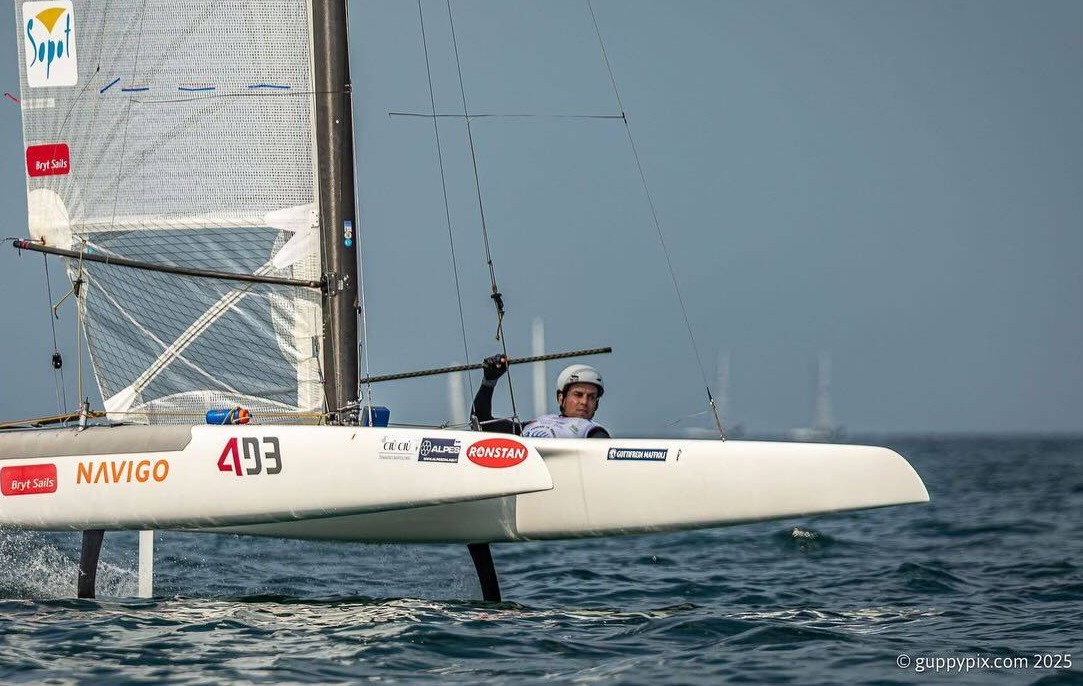
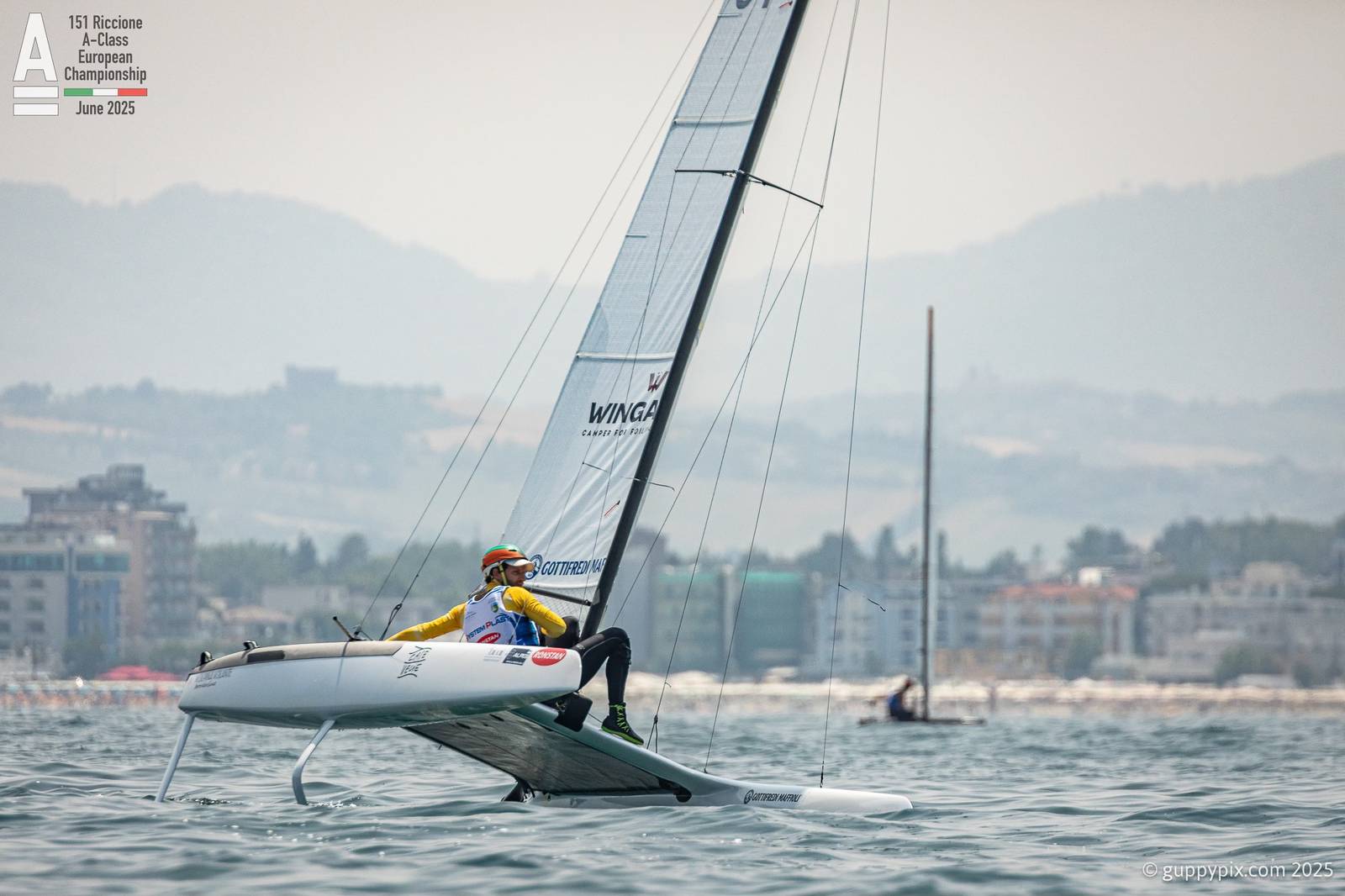
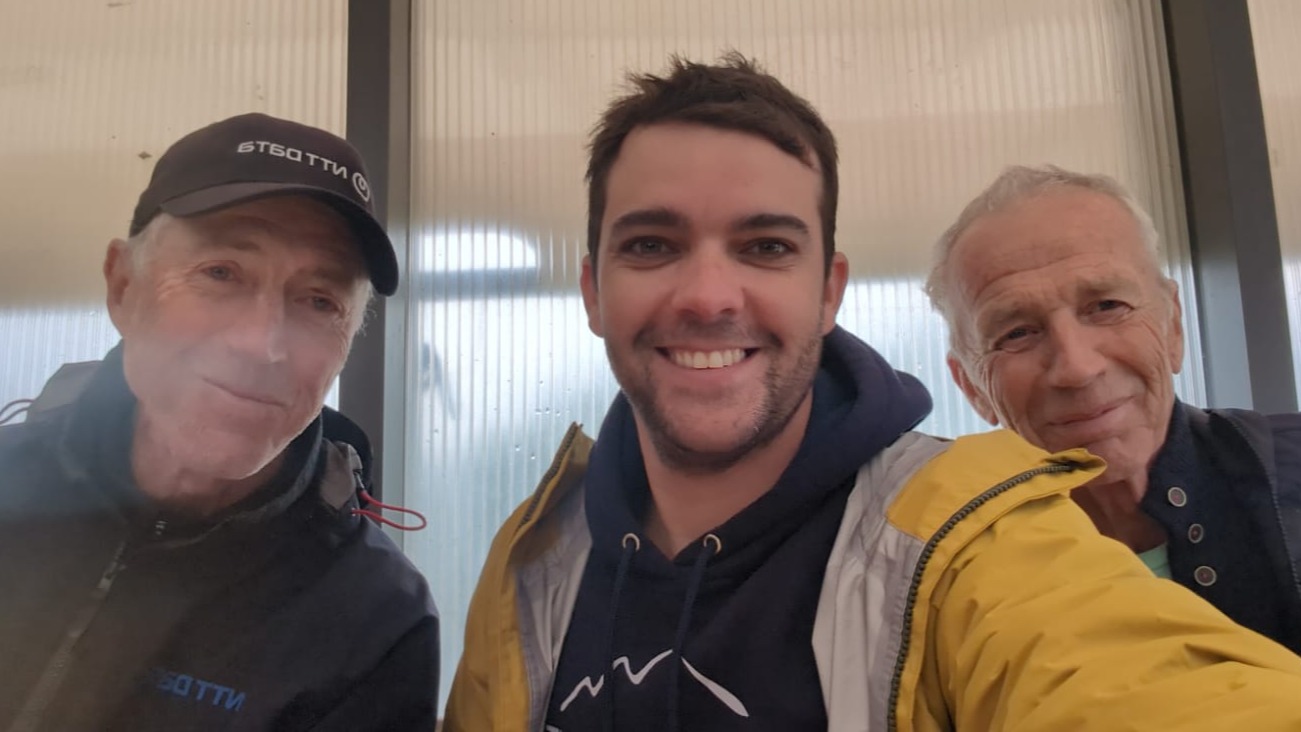
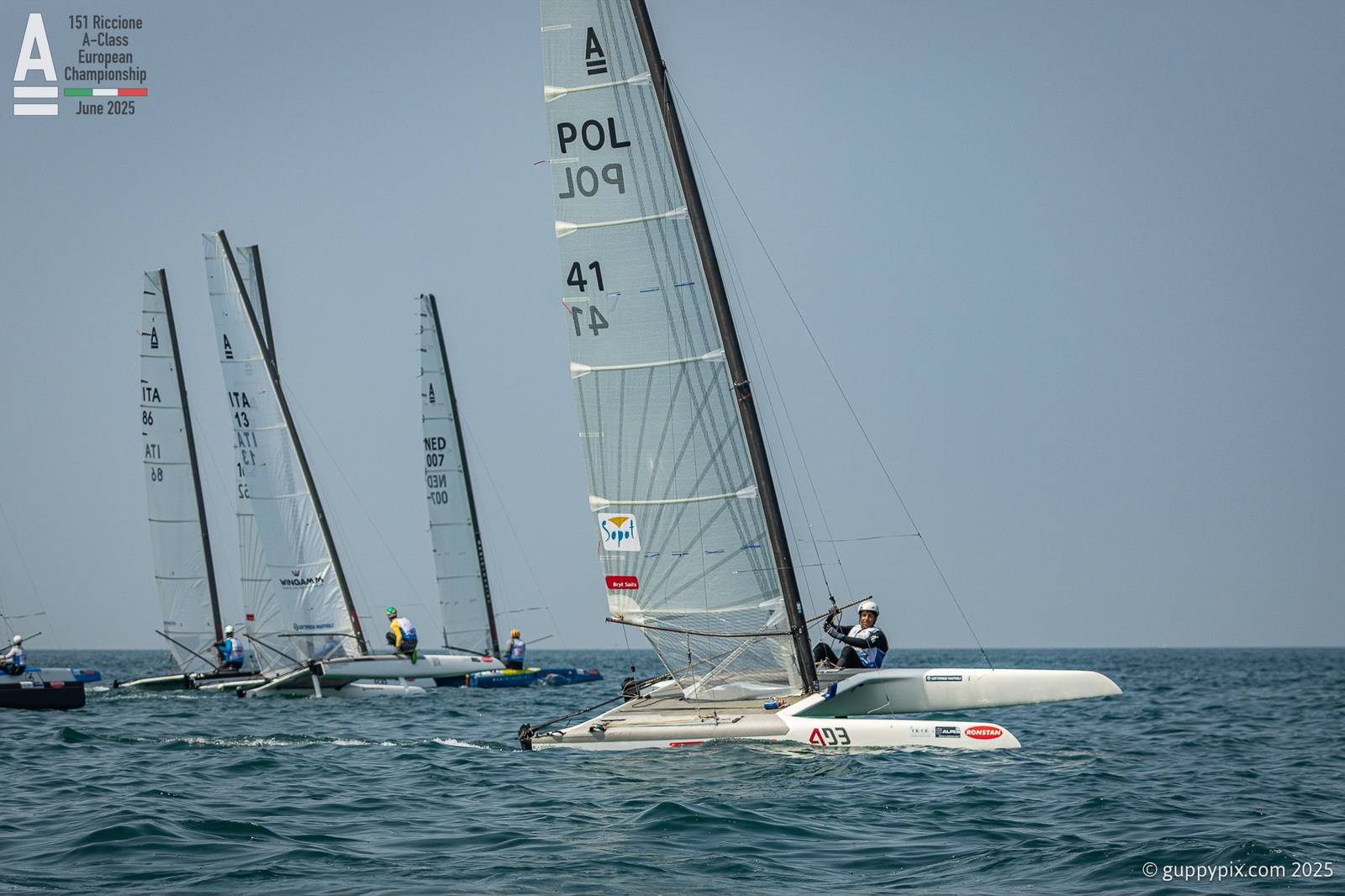
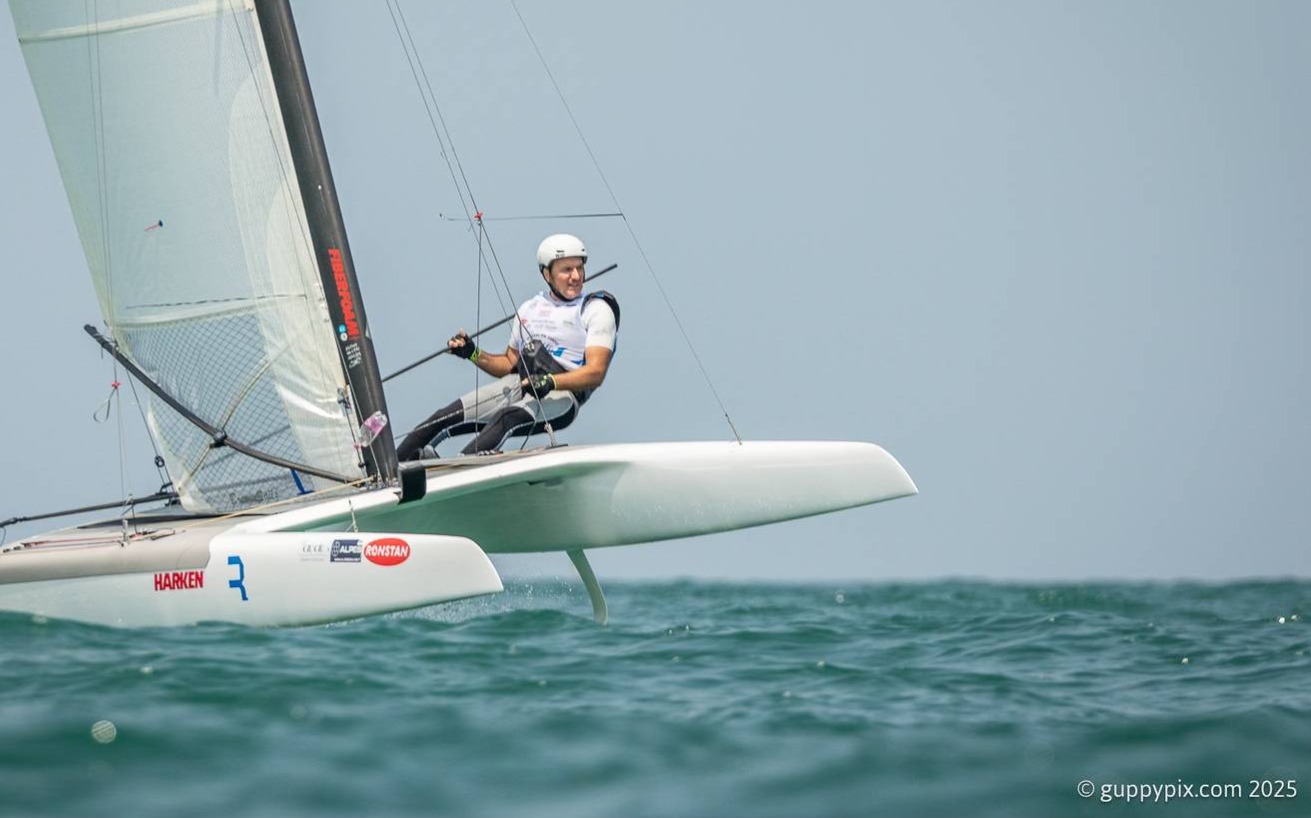
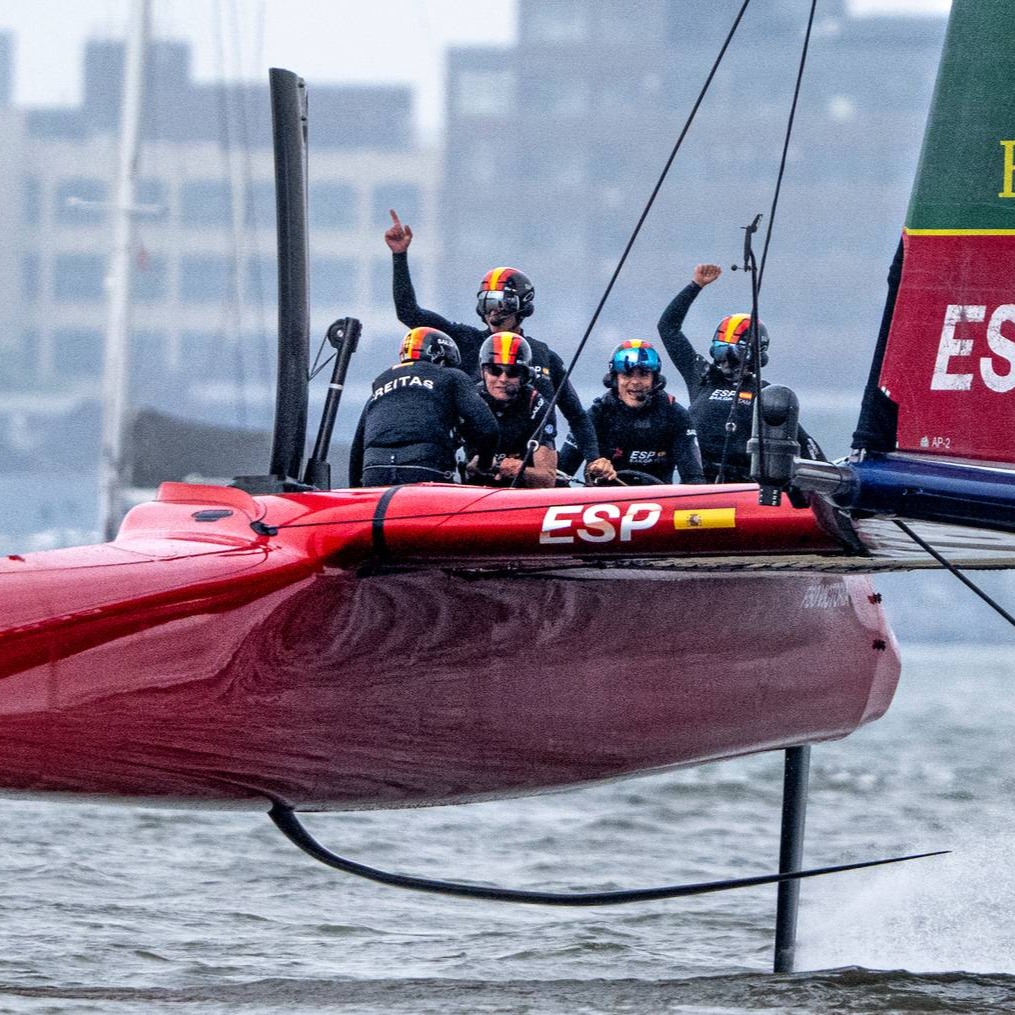
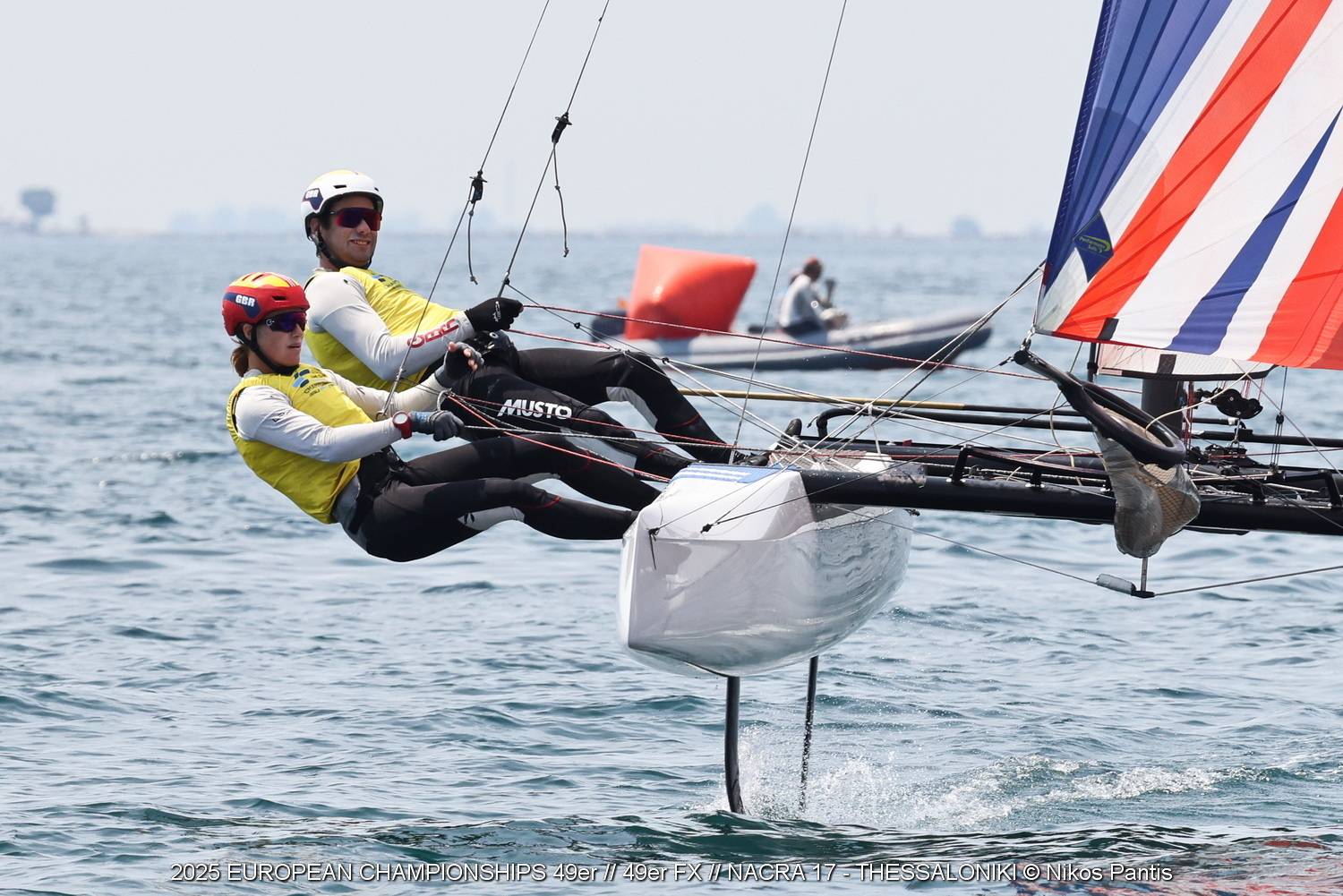
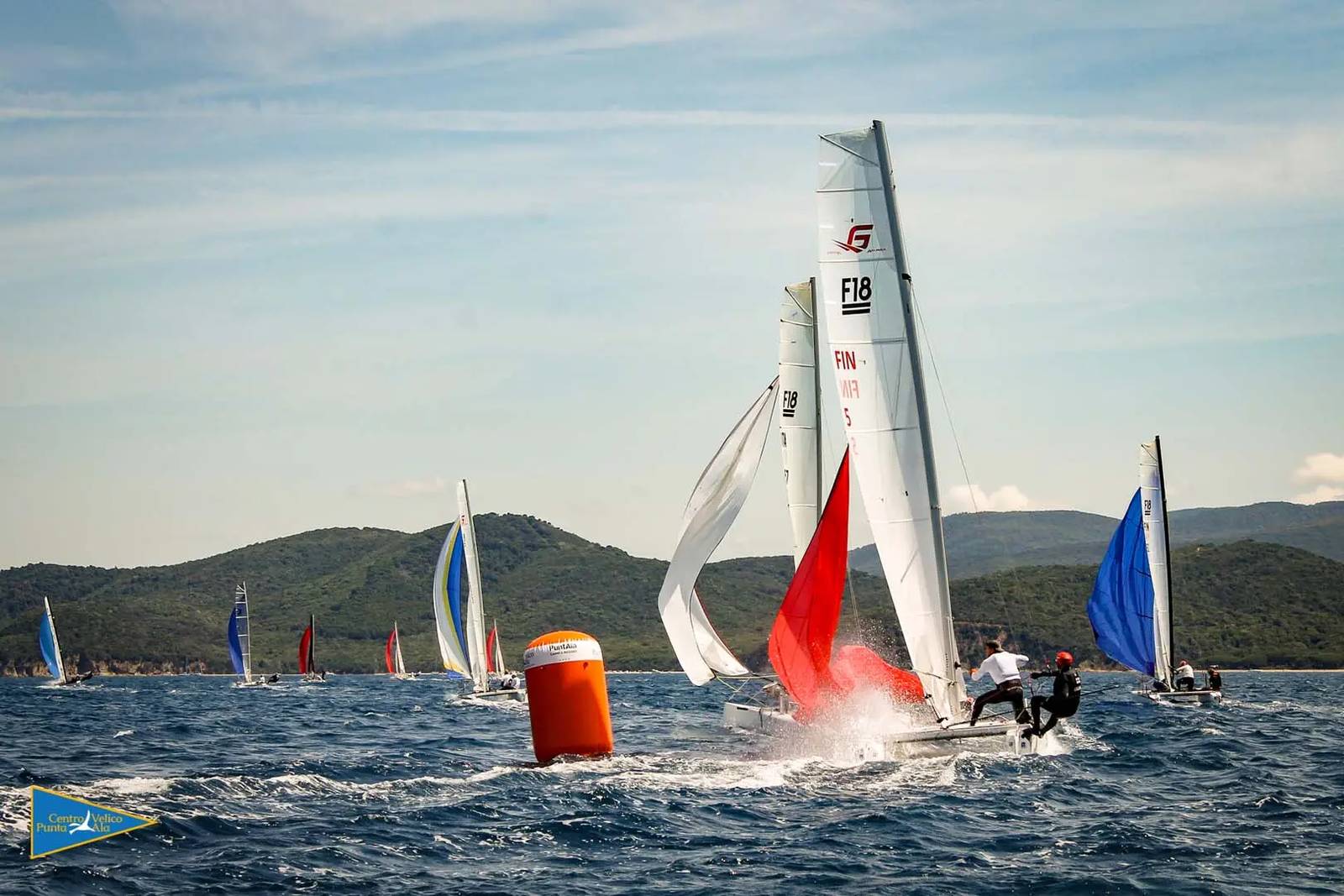




















Another great article, thanks for sharing Martin.
Cheers
Dom ITA106
Aloha, and Mahalo Gents, Scientist, and Authority Experts for the clear view of The Saili/Foil/Glide "Miracle"!?!
Hmmm?!? To Simply Wonder… Foiling/Trancending-Riding-Styles, Evolving-Systems and Discovery of more efficient and pristine Breakthru materials, and learning the most simplified and cost-effectice means to apply those "given" Breakthru Materials -n- Systems; while most importantly the Nurturing Attitude of applying and establishing Equal-Valued-Exchange/Benefits/Rewards for maintaining the Level-Flight, and Smooth Penetrating Surfing Modus Operandi, both Upwind/Upswell -n- Across Wind Down Swell.
The ende results is sharing the advances Collectively to have the very best VMG at Closer and Deeper Angles of Dailed-In Controlled Pressure and Tract with the given Rhumbline; Sharing and Caring that is the Key ingredient of this/that all-encompassing success.
I believe Cayard-sama coined It as: having the Utmost "Robustness" that is trully the Secrect, Simply, Openly, and Freely sharing and caring the Robustness and Seakindliness of Our Future Sweet-Glide. The more that we share and reveal our own breakthru secrects "Collectively" that much sooner we will All be focused and exuding at Pace and Up-to-Speed; with utmost Safety-n- Efficency!!!
Here's a thought that our GT's (most gifted and talented Kanaka Maoli students) are Comtemplating, and preparing to build Radio-Controlled Scale Concepts for sister-models to Wonder and Explore: "Now! Lowwinds (25 knots and below), relative flat seas- We are Sailing/Foiling at 21/2 to 3 times the speed of the wind, and getting above the Seastate with uncontrolled-flight"…
Let's figure out how we can start-up a future Legacy for the Upcoming Youth of Tomorrow to Simply Carry-On and Continue the Smooth and Level Learning Curve to Glide/Foil/Penetrate/Fly and Surf 3-times the elements of wind and wave in 40 + plus knots Sailing Foiling Gliding controlled-conditions!!!
Let's Huddle-up and compare Notes and Our most eyeopening Home Work Assignments, that shall most certainly raise the bar for proving the Formula yet to be discovered. Let's create the future of our much needed, way over-due "Storm-Riders"!!! Keep the Dream and Visions even Bigger Gambatte Nei and Imua Ka Kou.
Sail Faster Foil Safer Glide More Effortlessly, with More Fun and More Service Per Dollar, Keep Pulling the Apparent with the Connecting Sweet-Ride, and Be One with the "Pulse" of the Waves… Oh! and No-Forget Have a most Joyous Surfilicious-Day!